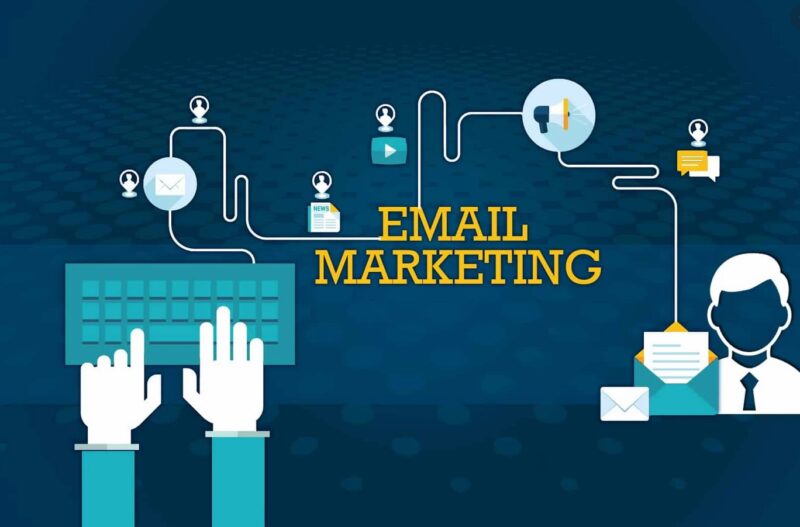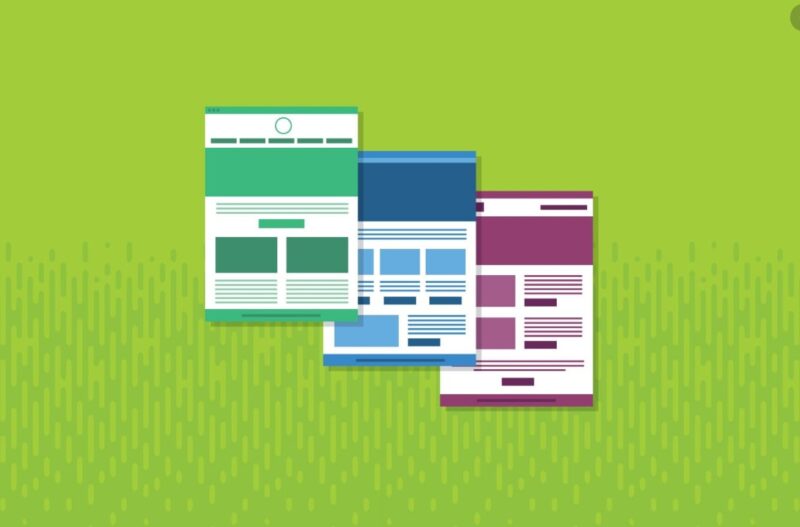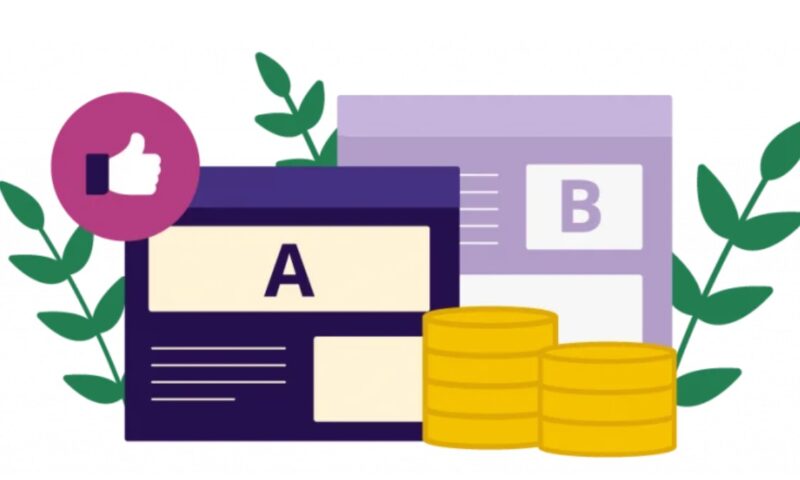Email marketing is one of the most effective forms of advertising in today’s business market. It is a cost-effective approach, and it helps you to build a better relationship with your potential customers.
Additionally, as billions of people around the world have an email account, this method allows you to access more consumers than ever before.
With technology constantly evolving, email marketers have to work harder than ever before to capture the attention of busy recipients. Hundreds of emails flood into their inboxes every day, so standing out and getting noticed are both vital to the success of your campaign.
As such, email marketing isn’t something that you can accomplish alone. You need to use technical software if you want your campaign to be successful. But what are the types of computer software you need for email marketing? And why are they necessary? That’s what we’re going to be discussing in our article today.
Keep reading if you would like to find out more about the features that you need to achieve your email marketing goals. This list isn’t exhaustive, but it should give you a reasonable indicator of what you need for a standard email marketing campaign.
1. Mass Email

For starters, you will need a mass email software for your email marketing campaign which you can learn more about here. A mass email software is able to send thousands of messages at once. This makes everything much quicker and easier, as you don’t need to manually send these emails yourself. Not only does mass email software save you time and money, but also makes your marketing campaign far more effective as you are reaching more customers and clients.
When choosing a mass email provider, you need to make sure that they offer personalisation tools and other functions that will save your business time and effort. Personalisation also helps you to make your emails look bespoke and increase your chances of converting your email leads into profitable, paying customers.
2. Segmentation Tools

As well as a mass email solution, you will want a segmentation tool for your email marketing campaign, too. This type of software can sort through your contact list, automatically assigning each person a distinct category. Segmentation tools are also able to learn your customers’ buying patterns and then send emails which are specifically tailored to them. This ensures your content is always relevant to the individual and helps to increase engagement with your subscribers.
As such, segmentation tools help you to further personalise your emails and ensure that every recipient gets relevant content that they will find useful. This approach will reduce the number of people who unsubscribe to the campaign and improve your email open rates. Segmentation also allows you to offer your email recipients the cutting-edge, personalised solutions that they expect in today’s competitive and technology-driven market.
3. Performance Analytics

Like every facet of your business, your email marketing campaign has targets. To achieve these aims, you need to have a thorough understanding of how well the campaign is doing and what it’s achieving. That’s where performance analytics software comes into play. With performance analytics tools, you can see everything from open rates to response times and more. You can then use this information to understand how well your campaign is doing and what you need to improve.
Ideally, you should be using data analytics for your email marketing, as these tools provide easy-to-use, actionable data that you can use to improve your chances of future email marketing success. This software can track the performance of your campaign, highlighting where you are successful and where things need improvement. For example, performance analytics will monitor your open rate and click-through rates. If you have a low open rate, this might mean you need to improve your subject line, so people are more likely to read your message. As such, data analytics are massively helpful for those who want to know how to progress their campaigns forward.
4. Template Design Tools

Everyone in marketing knows the importance of aesthetics. People simply don’t engage with content which isn’t pleasing to the eye. Looks can also affect how customers and clients perceive your company. If your emails appear unprofessional, you could lose their trust or respect. Also, your emails should embody your brand and be easily recognisable, even at first glance.
That’s why it’s important to use software for email template designing. These tools have a responsive user interface, which allows even inexperienced designers to create an attractive, effective template for their emails. So, you can quickly turn an ordinary email into something unique and amazing that will inspire and entice potential customers, without hiring an expensive designer to hand-craft each email for you.
5. A/B Testing

Like many facets of life, email marketing involves a certain amount of trial and error. You’ll never get it exactly right the first time, which is why you should always test out your email marketing strategy. That’s why A/B testing can be a useful tool.
Certain email marketing software allows businesses to conduct A/B testing, which is hugely beneficial. A/B testing is where you show different customers two versions of the same email. Whichever one receives the most responses is the template you should go with, as it is the most likely to help you to achieve success. Using this approach helps you to improve user experience and increase engagement. It also allows you to test out new approaches and work out which ones will benefit your campaign the most, and which ones aren’t worth your time.
These are the main types of software that can improve your email marketing campaign. This article should help you to understand everything that you need and why you require it to manage a successful email marketing campaign. We recommend finding a service provider that offers all these things in one package. This approach will save you time working with multiple software providers and allow you to focus your attention on converting email leads into satisfied clients.
 Comeau Computing Tech Magazine 2024
Comeau Computing Tech Magazine 2024




